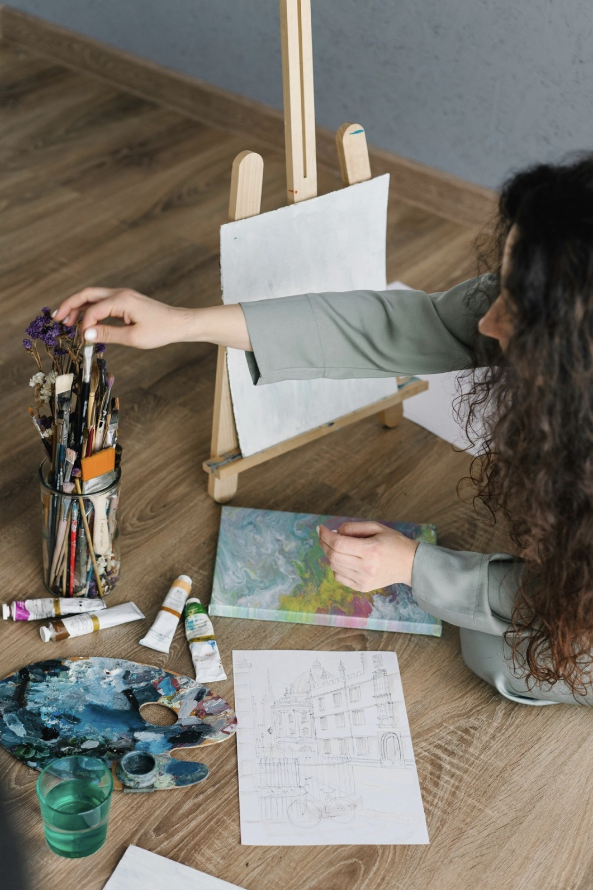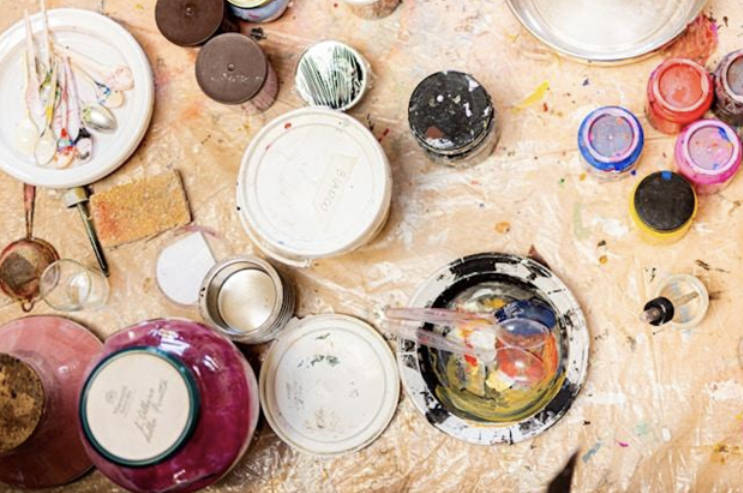Harry Broudy advocated arts education for all students rather than just for those gifted or highly interested in art, placing the arts at the center of education. Harry Broudy, according to Liora Bresler, one of the editors of Fifty Modern Thinkers on Education: From Piaget to the Present Day [Routledge, 2001], shows through developed argument how the discipline of arts education consists of a body of knowledge based on expertise and scholarship beyond mere exposure and self-expression.
THE IMPORTANT ROLE OF THE ARTS IN ATTAINMENT OF SELF-REALISATION
Broudy developed arguments about aesthetic literacy and acquiring knowledge about what is beautiful. Although one can refer to a science of aesthetics, it is still a body of knowledge that pertains to, involves, or concerns pure emotion and sensation instead of pure intellectuality. The field of aesthetics is relevant to history and culture. It is a philosophical theory or idea about what is aesthetically valid at a given time and place. This example, “the clean lines, bare surfaces, and sense of space that bespeak the machine-age aesthetic,” exemplifies the time relevance of aesthetic knowledge.
Broudy saw education and the development of the imagination as essential to students’ moral and social development. He believed that if students could experience life through the eyes of creative artists, they would come to:
- See the world to make informed choices about their place within it.
- Be able to think about how they want to experience life as actors within their world.

ARTISTIC INVESTIGATION AND PERSONAL INQUIRY
He continued that creative modes of artistic expression allowed students to explore personal experience through artistic investigation and personal inquiry. Artistic modes of expression make possible sustained cogitation upon complex issues of life. The education of the imagination means that students can acquire images of art that function as associative and interpretative resources supplying context that broadens and deepens comprehension.
The Social realism movement, for example, was “a style of painting of the 1930s in the U.S., in which the scenes depicted typically convey a message of social or political protest edged with satire.” [Dictionary.com] The way this art movement portrays the world gives students a window to a way of seeing reality that they may never have experienced otherwise. Broudy claimed that the arts should:
- fill a role similar to the humanities
- teach values,
- enhance beauty
- reduce ugliness and hate
He advocated that to do this, they adapt the goals of general education to specific arts education goals. Broudy put forward such ideas as
- using “exemplars,” or models of clarity, through which the teacher could address aesthetic appreciation.
- the idea of ethical frames of reference, claiming that problems represented in art could make the students think about real-life issues and problems,
- develop an ethical sensibility within students so that science and technology would be controlled by future generations who had acquired educated values

CONTRIBUTION OF ARTS EDUCATION TO CULTURAL WISDOM
- Developing Ethical Awareness Through Art
In the context of arts education, wisdom is not merely about acquiring knowledge or mastering technical skills. It is about developing an appreciation for human experiences and cultivating the ability to perceive and interpret emotions in ways that foster ethical awareness. According to Harry Broudy, wisdom emerges through the internalization of artistic experiences, allowing individuals to refine their moral and aesthetic sensibilities. This process transforms art into an essential tool for shaping ethical education, encouraging students to engage with emotions and values that might otherwise remain unexamined.
- Art as a Medium for Emotional and Cultural Exploration
“Serious art” serves as a medium through which students encounter and explore emotions they may not have consciously recognized. Works of art create images of feelings, making them tangible and accessible in a way that words alone often cannot. Art can surface underlying notions, bringing subconscious ideas and emotions into the light of conscious thought. By engaging with artistic expressions, students gain a deeper understanding of themselves and others, bridging the gap between personal experiences and broader cultural narratives.
- Expanding Perspectives and Emotional Intelligence
Beyond self-awareness, arts education helps students navigate unfamiliar perspectives. Exposure to diverse artistic traditions and expressions teaches them to approach the unknown with curiosity rather than apprehension. This process cultivates aesthetic experience, teaching students to engage more nuanced and sensitively with the world. It broadens their repertoire of feelings, equipping them with a richer emotional vocabulary to express and process their thoughts and experiences.
- The Role of Arts in Developing Differentiated Values
Moreover, the study of the arts fosters the development of differentiated values. Through engagement with artistic works, students are encouraged to consider multiple viewpoints, analyze complex moral dilemmas, and appreciate the subtleties of human expression. This ability to discern and reflect on different perspectives becomes foundational to their personal and ethical growth. Over time, students internalize these insights, using them as guiding principles in their decision-making and interactions with others.
- Integrating Aesthetic Experience into Education
When this integration of aesthetic experience occurs, it does not remain confined to the art classroom. Instead, it permeates the entire educational process, enriching every mode of learning and understanding. The arts illuminate subjects across disciplines, providing new ways of thinking about history, science, literature, and even mathematics. They encourage students to see connections between different areas of knowledge, fostering creativity and critical thinking that extend far beyond artistic practice.
- The Lasting Impact of Arts Education on Cultural Wisdom
Ultimately, arts education contributes to cultural wisdom by fostering an environment where students can meaningfully engage with emotions, ethical questions, and aesthetic experiences. It equips them to see beyond the surface, interpret the world with sensitivity, and apply artistic insights to all aspects of life. In this way, aesthetic experience becomes a transformative force, shaping individuals who appreciate the beauty of artistic expression and carry its lessons into their broader social and intellectual pursuits.

THE LEGACY OF HARRY BROUDY
On this account, education is not about mere fact recall, which would not be sufficient to serve as appreciation education. Aesthetic education and developing the senses are desirable in a well-rounded education as they add another more intuitive way of approaching problem-solving to the curriculum.
Like Elliot Eisner, Broudy wrote mainly on visual arts and music education. He wanted arts education to move from the periphery to the core of schooling. He wanted arts subjects to be described as necessary rather than nice, claiming that imagination cultivated through arts education provided essential support to other functions of educated minds.
______________________
About the author: Betty M. Chavis is a skilled writer specializing in academic and creative content, helping students and professionals with well-researched papers. She loves the challenge of crafting compelling arguments and clear narratives, offering her expertise to those who need someone to write essays for money with quality and precision.


